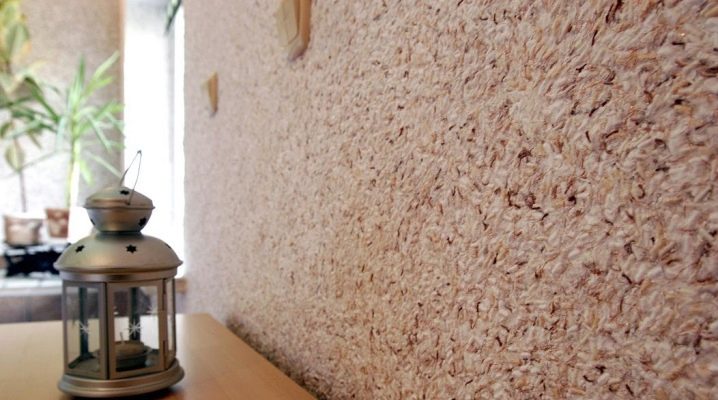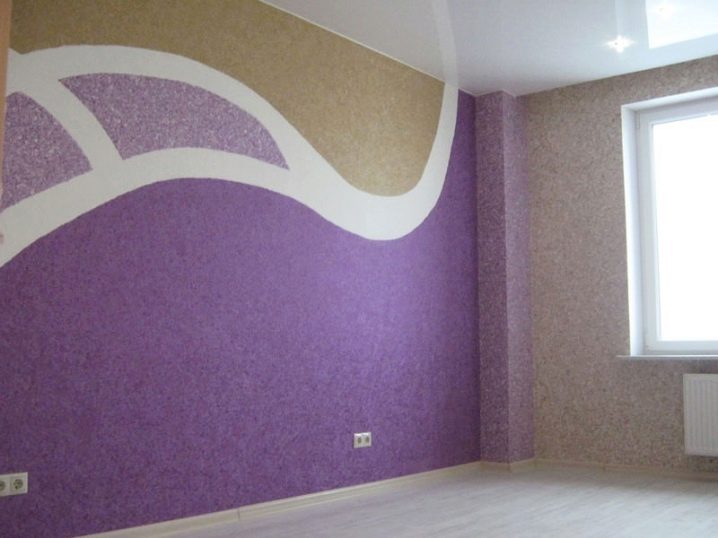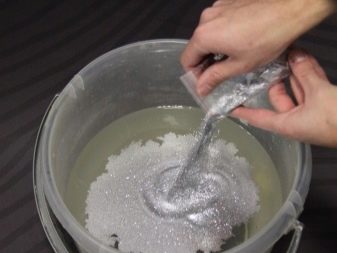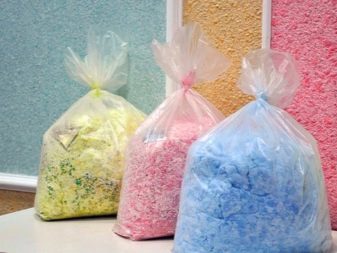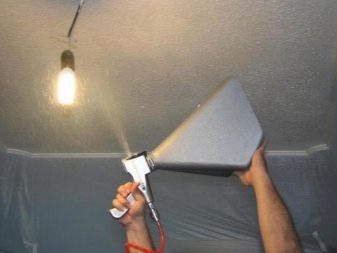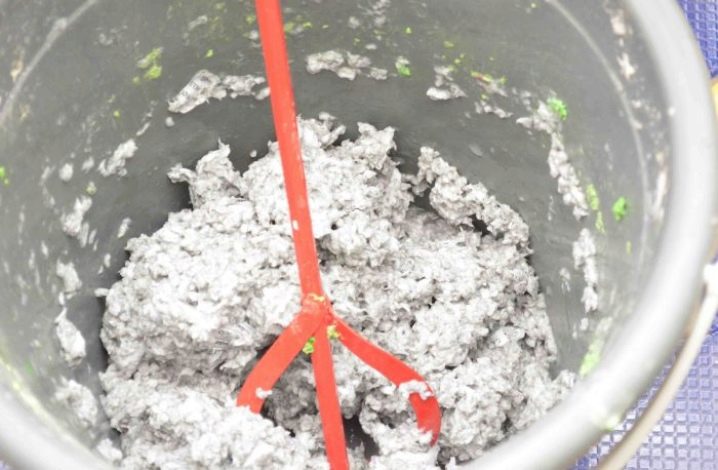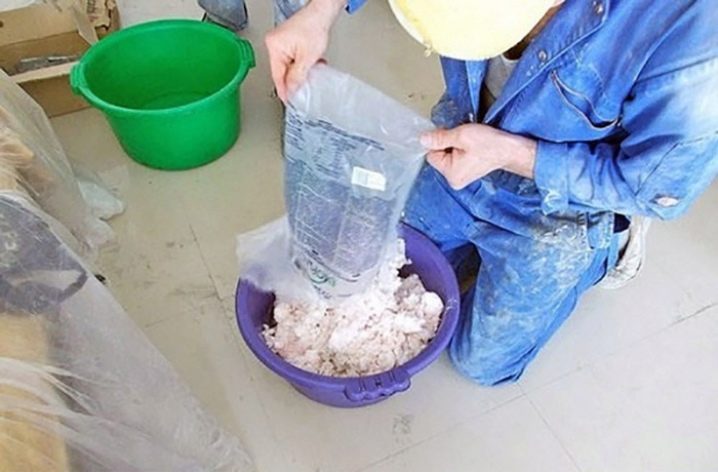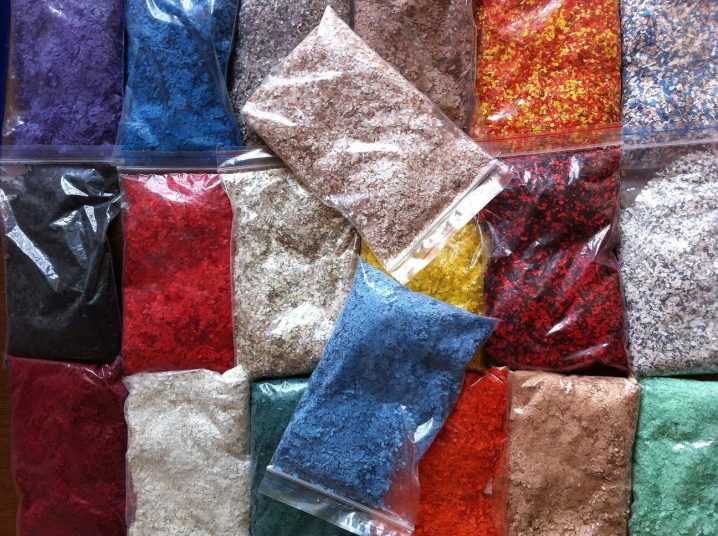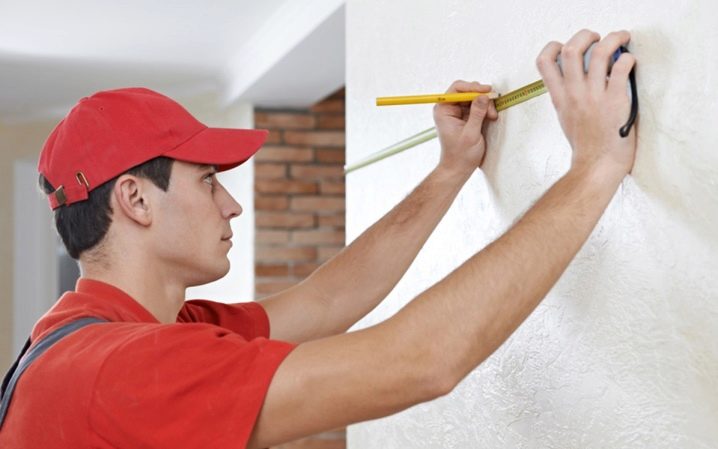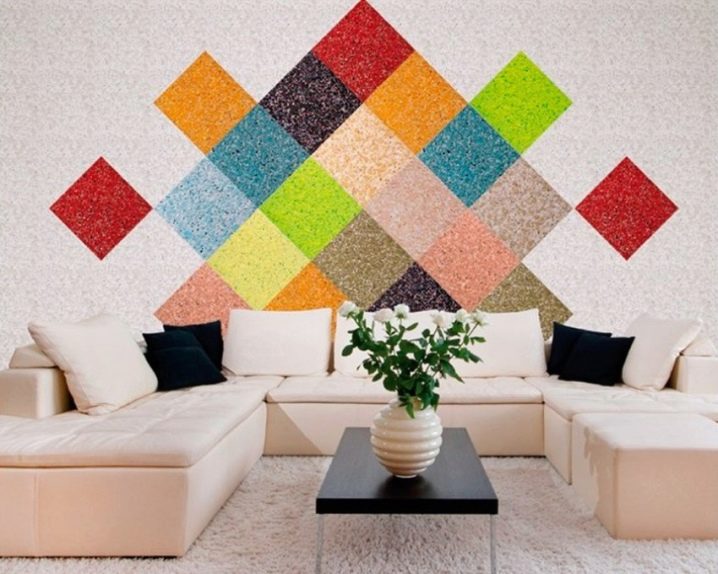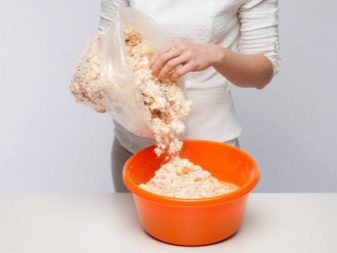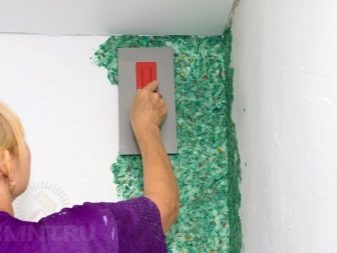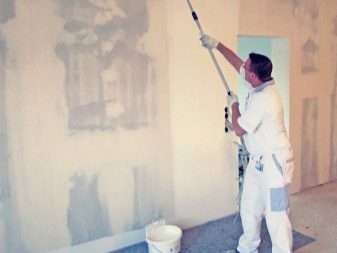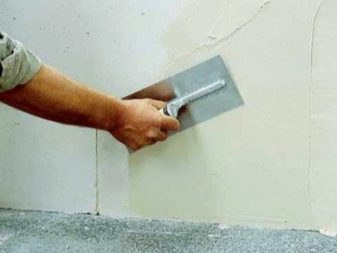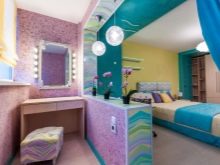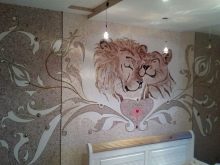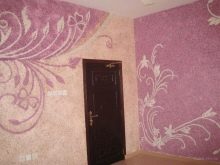Liquid wallpaper: calculate the consumption of 1 square meter
Decorating the walls indoors is a trivial task that can be solved in various ways. The main criterion on which the quality of decorating surfaces depends is the material. Paper and fabric cloths have gained tremendous popularity today. Among such a variety can be identified modern liquid wallpaper.
Specifications
Liquid wallpaper is a kind of plaster applied to the walls with the purpose of their decoration. This product is presented as a mixture that evenly covers the base.
The composition of this substance includes several main components:
- cellulose in the form of flakes;
- organic cotton;
- silk fiber;
- foil and special glue.
Please note that all these components may not always be present in a certain type of material.The substance has a low density, which affects the weight of the product. Please note that one pack has a mass of only 1-5 kg, depending on the manufacturer and type of wallpaper.
Foundations and application technology
Ideally, manufacturers expect that the wallpaper will be applied to flat walls without crevices, depressions, irregularities and other defects. If all these nuances are present, then the amount of flakes will increase by an indefinite value.
How to apply liquid wallpaper on the wall can be seen in the next video.
As for the technology of applying these materials, it is worth noting that you can cover the walls with liquid wallpaper using a spatula or a special gun. The first option is more labor-intensive and unpredictable, since it is difficult to control the uniform alignment of the layer manually. If you use specialized sprayers, then the material will necessarily fall in a uniform layer. It is worth noting that this method reduces the consumption itself by about 30-50%, depending on the quality of the surface and other factors.
Material consumption
The calculation of the required volume of material per 1 sq. M is an important step.allows you to purchase the right amount. Consumption of liquid wallpaper is not constant and depends on several features:
- The homogeneity of the solution. Wallpapers are prepared by mixing components with water. With the wrong approach, you can get the composition, the density of which can vary significantly. When inaccurate application of the mixture is distributed unevenly, which will affect the fill factor per square meter;
- The amount of fluid. Water is the main component of the wallpaper, without which the mixture will not be applied to the wall. It is also important to observe the correct ratio of liquid and flakes, since the plasticity of the product depends on it. If the substance is too thick or liquid, then it will not be possible to evenly distribute it over the surface;
- Time after cooking. If you use the mixture only after a few days, it will already lose its plasticity. Also, this fact will negatively affect the consumption of the material. Calculate the amount of such a composition will be very difficult.
Theoretical calculations
One way to find out the number of wallpapers is to calculate their volume depending on the unit of area.
To calculate the plaster consumption per 1 sq. M, you need to perform a few simple operations.
- The first step is to find the flow, which is indicated by the manufacturer. This value is often applied to the package itself. It may be indicated relative to weight or unit of area;
- When you know the flow rate, the resulting value should be increased by about 10%. This algorithm allows you to approximately know the actual amount of the mixture, which will cover a square meter.
If the package does not indicate consumption, then it can be calculated based on the weight of the product. Often, 200-350 g of dry mix is enough for a square meter of wall. But this is taking into account the fact that the material will be applied evenly and with a layer of 1.5-2 mm thick. Based on these data, we can say that one bag weighing 5 kg is enough for about 15-20 square meters.
Overall volume
Calculations of consumption are carried out in order to find out how much material will have to be spent on a specific wall or room.
To calculate this indicator, you can use such an action algorithm.
- Initially, you should know the overall dimensions of a room or a specific wall. To do this, measure their length, width and height;
- After that, on the basis of these indicators, the area of each individual base is calculated. As a result, all the data obtained should be summarized;
- At this stage, you need to calculate the area of windows, doors and other elements that will not be covered with plaster. The calculation algorithm is the same and involves multiplying the width by the height;
- To get the real area of the room, you need to subtract the size of unused surfaces from the total value. When the dimensions of the room are calculated, you can find out the volume of the mixture. To do this, the area is simply multiplied by the flow rate, and then the resulting value is increased by about 10-15%. Please note that the stock should be taken necessarily, since you can not calculate the exact volume of the solution with a gram accuracy.
A similar algorithm can be used for cases when each of the walls is covered by a separate type of mixture. If several color shades are used, which are necessary for the formation of patterns, then when calculating it is desirable to take into account the area of these elements.
Counting in practice
The consumption indicated by the manufacturer is not always the actual value and can be completely different when the substance is applied to the wall.Therefore, to find out this indicator more precisely, you can calculate it yourself.
This process is fairly simple and involves performing such sequential operations.
- Initially, you need to find a flat wall on which you can apply the wallpaper. To do this, on its surface mark 3 pieces of the same area. To better calculate, you can use elements of 1 square meters.
- After that, prepare the mixture according to the manufacturer's instructions. To do this, weigh about 300 g of flakes and add the necessary amount of water there - soak it. The resulting solution is weighed in order to further calculate the flow.
- Then plaster is applied to one of the wall pieces with a spatula. When the surface is completely covered, the remaining mixture is weighed again and the amount of mortar used for the plaster is obtained.
- To find out the flow, the weight of the material should be divided by the area that it covers. It is important to reduce the values to square meters, as in such units it is best to calculate the flow.
After this, a similar procedure is carried out on the remaining two sections of the wall. All obtained values should be calculated and divided by 3.Thus, you will find the average, which will indicate the actual consumption of wallpaper.
Please note that if this value exceeds the recommended by the manufacturer by more than 10-15%, then you need to look for another method of application. This suggests that the products were poorly prepared or the wall is too curved.
Reduce consumption
Applying a liquid wallpaper is a complicated procedure that requires certain skills and experience.
But there are ways to reduce consumption:
- Putting solution by special sprays. They more evenly distribute the composition over the surface, while minimizing physical effort;
- Align the walls. The smoother the base, the thinner the layer to be applied to it. Therefore, it is important to level the walls with plaster and several types of putties;
- Surface treatment with special primers. Experts recommend the use of deep penetration mixtures that reduce the absorption of wallpaper material by the wall;
- Putty white solutions. This is necessary in almost any case, since a wall is shining through the liquid wallpaper, and it should be of a neutral color.
The selection and calculation of liquid wallpaper involves the implementation of many fairly complex operations that are best trusted by experts. They (based on their experience) will calculate the correct amount of material with a minimum amount of residue after completion of the work.
